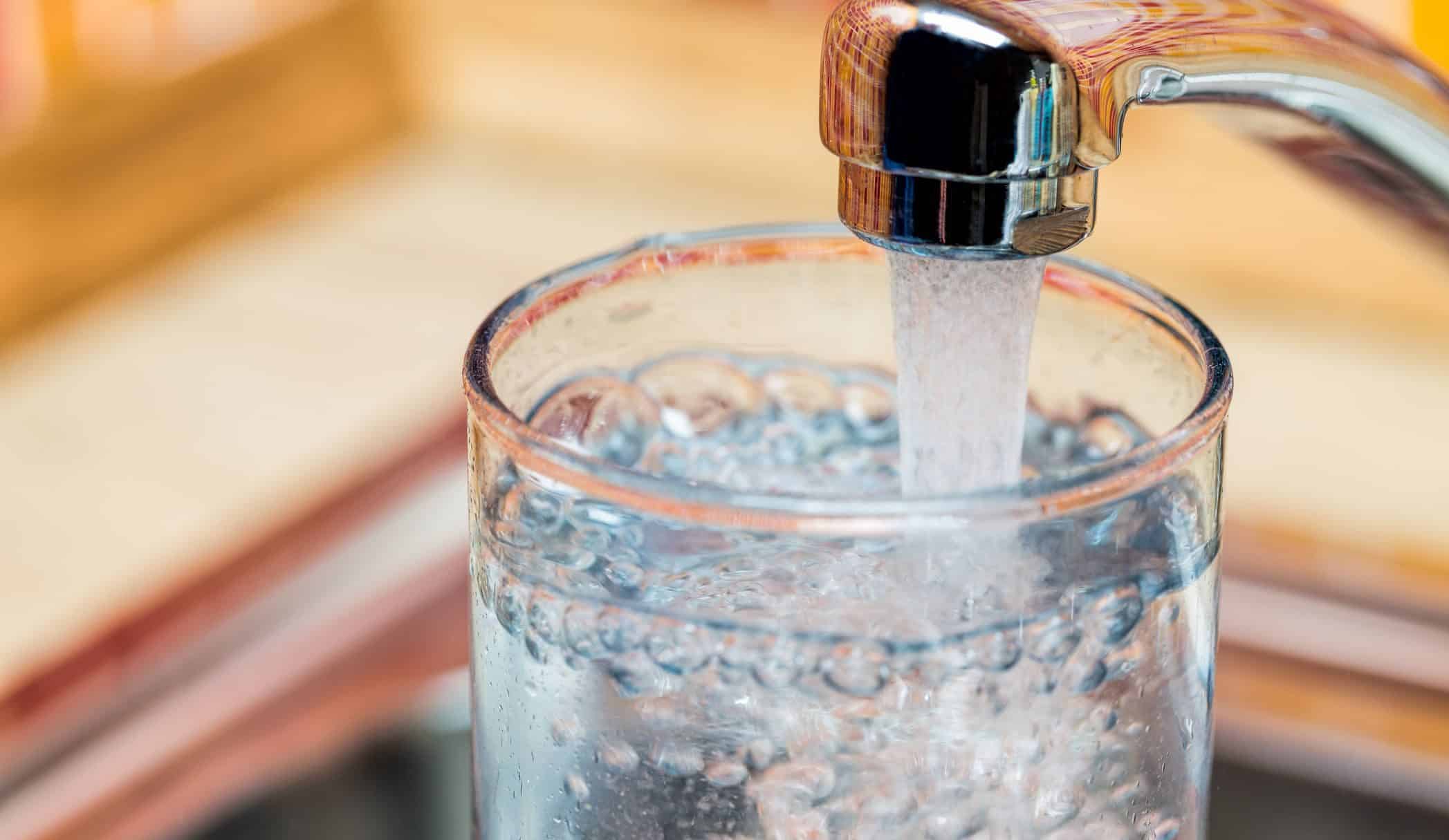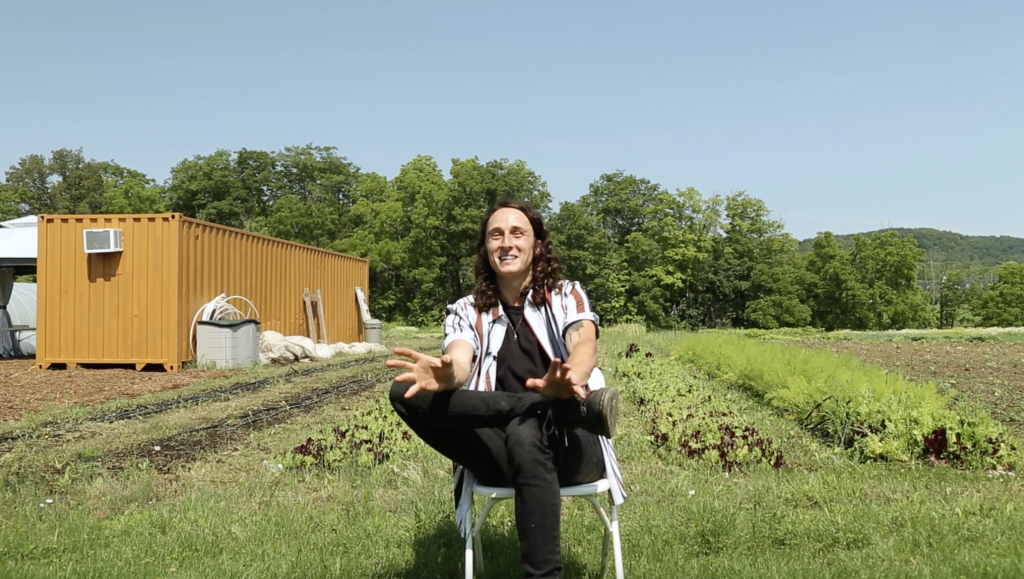Mississaugas of Scugog Island celebrate two years of clean drinking water; 28 communities still under advisory
Published December 18, 2023 at 2:41 pm

The Mississaugas of Scugog Island First Nation are celebrating something that non-Indigenous communities in Ontario – save for the people of Walkerton, whose memories run deep – take for granted: access to clean and safe drinking water.
It was two years ago Saturday that the all residents of the First Nation, located north of Port Perry in Durham Region, were able to finally drink their tap water after four 13-year-old drinking water advisories were lifted on December 16, 2021.
“We celebrate two years of clean water infrastructure for MSIFN. Clean water for First Nations continues to be an issue, one which we hope will soon be rectified for all,” the band said on social media.
There are still 28 drinking water advisories in 26 First Nations communities in Canada, with the majority (20) in Ontario and most of them in remote communities in northern Ontario.
There are three advisories in four communities in southern Ontario, including a shared water supply at the Chippewas (Anishinaabe) on the Thames First Nation and Oneida (Haudenosaunee) Nation on the Thames lands in Middlesex County, west of London, with plans for a new water system currently at the feasibility stage; the Chippewas of Georgina Island First Nation on Lake Simcoe; and the Chippewas of Nawash First Nation on the Bruce Peninsula, with a water plant now under construction.
The history of clean water for all residents – something internationally recognized as a human right – has not been a rosy one for First Nations people in Ontario.
The Mississaugas of the Credit First Nation (Anishinaabe), just west of Hamilton, only got their clean water in place four years ago as a result of a partnership with the Six Nations of the Grand River (Haudenosaunee) and nearby Haldimand County.
The two First Nations extended a local water main along the shared boundary road, allowing the communities to connect to the Haldimand water system. The innovative project brought a reliable supply of clean and safe water to the rural residents of both communities.
The Scugog Island First Nation considered hooking with nearby town water but ultimately decided to invest in a new water treatment plant in 2014, in conjunction with Indigenous Services Canada. Construction was finally complete in 2020 but there were still some homes without access to water, leading to months of renovations that were finally finished in late 2021.
Chief Kelly LaRocca happily announced at the time that “community members will now be able to fill glasses,” with all connections installed in the island’s homes and business. “We are ecstatic about the completion of the project, and its many benefits to the well-being of our community.”
The new water system includes a federally and provincially approved treatment plant, water tower and distribution, which includes new fire protection capabilities for the community.
Efforts by other First Nations in Ontario to get access to safe drinking water have also only been successful in the last half-dozen years or so, including Anishinaabe nations Alderville (2016), Curve Lake (2018) and Saugeen (2022) and the Haudenosaunee Mohawks of Bay of Quinte, which got their final water advisory lifted just last April.
Drinking water advisories are issued to warn people not to drink water that may be unsafe or is known to not be safe based on water quality test results.
First Nations’ issue drinking water advisories in their own communities, where there are often several types of water systems. Based on the type of water system, a drinking water advisory could affect one building or the whole community.
Some advisories are short-term. Long-term drinking water advisories are those that have been in place for more than 1 year.
In December 2021, the Federal Court and the Court of Queen’s Bench of Manitoba decided to approve the settlement of an $8-billion class-action lawsuit, covering any First Nations and their members who were subject to drinking water advisories lasting at least one year, between November 1995 and June 2021.
The settlement included $1.5 billion in compensation, $400 million to create a First Nations Economic and Cultural Restoration Fund and a fresh commitment to lift all long-term drinking water advisories. It also saw the government allocate at least $6 billion to help support access to drinking water in First Nations communities, and the modernization of First Nations drinking water legislation.
But many First Nations said the legislation was ineffective and dangerous, citing concerns about a lack of sustainable funding and the infringement of constitutional rights.
“This is how colonialism operates: they remove and appropriate lands and waters, remove your authority. You fight back and spend a lot of time and money in courts doing what you can, and then you get a little bit of movement,” said Dawn Martin-Hill, a professor at McMaster University in Hamilton.
“It’s exhausting,” added Martin-Hill, who leads the Indigenous water research program Ohneganos Ohnegahdę:gyo.
The Trudeau government campaigned on a pledge to remove all water advisories in the 2015 election with a March 2021 target date. Since 2015, more than 120 advisories have been lifted across the country.
Twenty-eight to go.
With files from Liam McConnell and Canadian Press

Mississaugas of Scugog Island First Nation Chief Kelly LaRocca. Photo by Ang Tek Gie Photography







